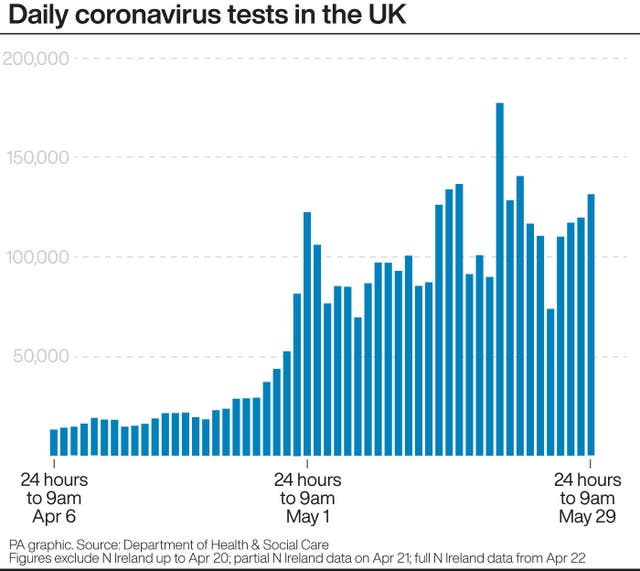/cloudfront-us-east-1.images.arcpublishing.com/expressandstar.mna/7U6D7L2JUJDJRHUV2ZE2NVPY7Q.jpg)
Allowing people to meet in bubbles ‘could spread coronavirus in population’
It was thought the roadmap to easing the lockdown contained the possibility one household could form a social ‘bubble’.
Allowing people to meet in bubbles could have enabled coronavirus to spread through the population, scientists advising the Government on lifting lockdown suggested.
It was thought the roadmap to easing the lockdown contained the possibility one household could form a social “bubble” with one other in a mutual group.
However as people are set to start meeting up outdoors in groups of up to six from Monday, there has been no mention of bubbles.
And Downing Street has warned the public that socially-distanced, six-people meet-ups remain prohibited in England until Monday.

On Friday minutes of 34 meetings of the Scientific Advisory Group for Emergencies (Sage), and a number of documents, were released, showing the discussions that have taken place.
The latest minutes made available, from May 7, disclose what the experts had to say on the issue of bubbles.
They say that while the concepts of bubbles has potential benefits for wellbeing and mental health, there were also risks if they were to be introduced alongside other changes, or if there is poor adherence.
The minutes say: “The effects of bubbles are complex. Introducing bubbles alongside other changes could reconstruct excessive networks, particularly when combined with any increase in contacts in other settings.
“These networks could enable transmission through the population. It will be difficult to assess the effects of individual policy changes on R if multiple changes are introduced together.”
Sage said careful policy design was needed, and that maintaining exclusivity of bubbles would be difficult to enforce.
It wrote: “A safe approach to bubbles would need to include isolation of all members of a bubble in the case of one member showing symptoms.
“This would lead to increased frequency of isolation for people, particularly in winter months.”